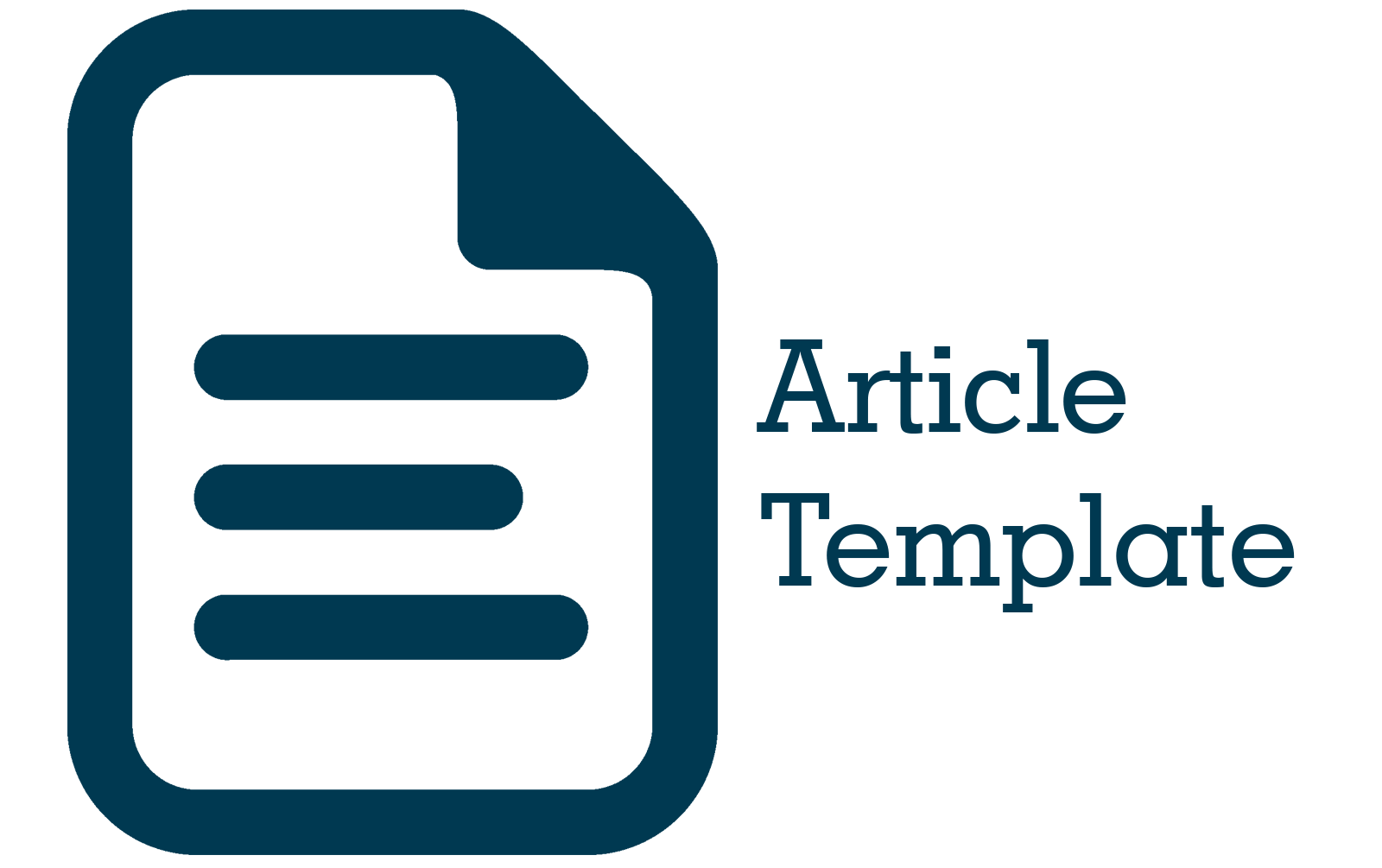Penerapan Model Pembelajaran Make A Penerapan Model Pembelajaran Make A Match untuk Meningkatkan Hasil Belajar Pendidikan Agama Islam Siswa Kelas V SDN 194 SukMatch Untuk Meningkatkan Hasil Belajar Pendidikan Agama Islam Siswa Kelas V SDN Sukajadi Bandung
Abstract
Abstract. This study aims to find out whether the Make A Match learning approach has improved the learning outcomes of grade V students in the subject of Islamic Religious Education. Experiments with pretest-posttest control group designs are the methodology used. Using a purposive sample approach, all students in grade V of SDN 194 Sukajadi were used as the research population. Using a purposive sample approach, all students in grade V of SDN 194 Sukajadi were used as the research population. Research findings Before the use of the Make A Match learning model, the average score of the experimental class was 51.43, while the value of the control class was 51.50. 2) From the teaching module, it can be seen that the method of implementing Make A Match, based on the percentage results, there are 12 very good criteria 86% and 2 good criteria 14%). Six indicators and 19 sub-indicators that became the implementation of learning that had been carried out in the experimental class produced 80% excellent scores and 15% good results. 3) The cognitive domain that has an average result before (51.43) after (79.29) in the control class before (51.50) after (55.83) is one of the results in the experimental class. The control class (69.93) and the experimental class (81.11) were in the affective realm. The psychomotor realm of the control class (72.73) and the experimental class (88.54). There was a significant difference in the average t-test score in the following domains: cognitive (9.701 > 1.672), affective (8.003 > 1.672), and psychomotor (5.118 > 1.672) This proves that the learning outcomes are different when the conventional model and the Make A Match model are used.
Abstrak. Penelitian ini bertujuan mengetahui apakah pendekatan pembelajaran Make A Match telah meningkatkan hasil belajar siswa kelas V pada mata pelajaran Pendidikan Agama Islam. Eksperimen dengan desain kelompok kontrol pretest-posttest adalah metodologi yang digunakan. Dengan menggunakan pendekatan sampel purposif, seluruh siswa kelas V SDN 194 Sukajadi dijadikan sebagai populasi penelitian. Temuan penelitian Sebelum digunakan model pembelajaran Make A Match, nilai ratarata kelas eksperimen berjumlah 51,43, sedangkan nilai kelas kontrol sebesar 51,50. 2) Dari modul ajar terlihat metode pelaksanaan Make A Match, berdasarkan hasil persentase terdapat 12 kriteria sangat baik 86% dan 2 kriteria baik 14%). Enam indikator dan 19 subindikator yang menjadi keterlaksanaan pembelajaran yang telah dilakukan pada kelas eksperimen menghasilkan 80% nilai sangat baik dan 15% hasil baik. 3) Ranah kognitif yang mempunyai rata-rata hasil sebelum (51,43) sesudah (79,29) pada kelas kontrol sebelum (51,50) sesudah (55,83) merupakan salah satu hasil pada kelas eksperimen. Kelas kontrol (69,93) dan kelas eksperimen (81,11) ranah afektif. Ranah psikomotorik kelas kontrol (72,73) dan kelas eksperimen (88,54). Terdapat perbedaan nyata pada nilai rata-rata uji t pada ranah berikut: kognitif (9,701 > 1,672), afektif (8,003 > 1,672), dan psikomotorik (5,118 > 1,672) Hal ini membuktikan hasil belajar berbeda ketika model konvensional dan model Make A Match yang digunakan.
References
Habibbulloh M, Arifin A. the Efektivitas Model Pembelajaran Kooperatif Stad Menggunakan Alat Peraga Alquran Untuk Meningkatkan Penguasaan Tajwid. J Pendidik Agama Islam. 2019;16(2):189–202.
Susilowati E, Author C. Implementasi Kurikulum Merdeka Belajar dalam Pembentukan Karakter Siswa pada Mata Pelajaran Pendidikan Agama Islam. 2022;I:115–32.
Wulandari I. Model Pembelajaran Kooperatif Tipe STAD ( Student Teams Achievement Division) dalam Pembelajaran MI. J Papeda J Publ Pendidik Dasar. 2022;4(1):17–23.
Utari MA, Muttaqiin A. Penerapan Pembelajaran Kooperatif Tipe Make a Match. 2021;10(1):58–69.
Fauhah H. Analisis Model Pembelajaran Make A Match terhadap Hasil Belajar Siswa Analisis Model Pembelajaran Make A Match terhadap Hasil Belajar …. 2021;9:321–34.
Faslia. EDUKATIF : JURNAL ILMU PENDIDIKAN Meningkatkan Hasil Belajar Siswa Pada Mata Pelajaran IPS Melalui Model Pembelajaran Make A Match di Sekolah Dasar Faslia. 2021;3(5):2071–8.
Putra N. Pengaruh Model Pembelajaran Kooperatif Tipe Make a Match Terhadap Motivasi Belajar dan Hasil Belajar. 2019;3(1):68–87.
Purwanti S, Nuraini DS. EFEKTIVITAS MODEL COOPERATIVE LEARNING TIPE MAKE A MATCH TERHADAP HASIL BELAJAR IPA PADA SISWA KELAS V. 2020;04(01):445–51.
Anjarwati A, Rohman APE, Karimah I, Putra MTR. Efektifitas Metode Pembelajaran Make-A-Match Dalam Meningkatkan Hasil Belajar IPA Materi Transformasi Energi Pada Siswa Kelas IV SDN Wiroborang 1. J Pendidikan, Sains Dan Teknol. 2022;1(1):81–8.











